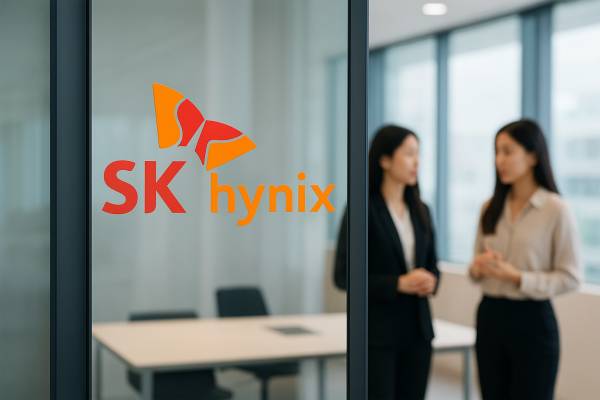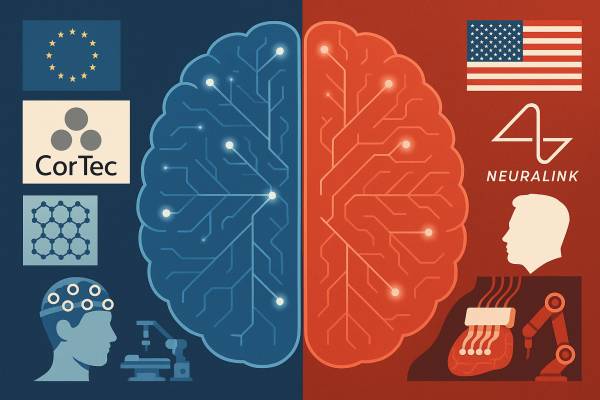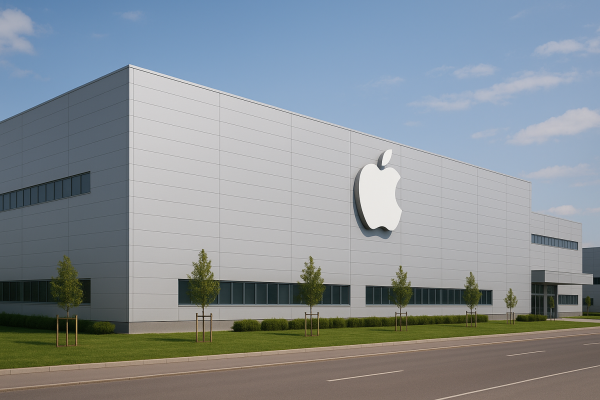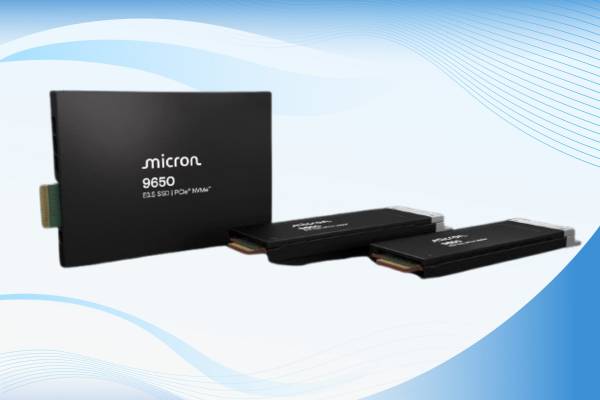According to several industry analysts, 2025 could mark the year when smart glasses finally step out of the realm of experimental devices and begin to gain traction among a wider consumer base. While the concept itself is not new, recent technological advances, the arrival of new players, and the growing role of artificial intelligence all suggest that a turning point may be near. But does this really mean the smart glasses market is about to take off?
A Slow Start, Now Gaining Momentum
Smart glasses were long confined to a narrow group of users—typically industrial workers or early tech adopters—and struggled with persistent issues like limited battery life, awkward form factors, and social skepticism. Early products such as Google Glass, introduced in the 2010s, fell short of their commercial promise. But much has changed since then.
According to Statista, global shipments were barely above 230,000 units in 2017. By 2022, that number had surged to 32.7 million. While this figure includes simpler audio-based or so-called “capture-only” models (i.e. glasses without displays that primarily include cameras), the growth trajectory is evident.
In 2024, the narrowly defined segment of display-less smart glasses sold close to 2 million units, representing a 210% year-on-year increase. IDC forecasts that total shipments could exceed 12 million units by 2025. At the same time, analysis by Grand View Research suggests that the market could generate up to $8.26 billion in annual revenue by 2030.
Artificial Intelligence: Expanding Capabilities, Renewed Momentum
One of the most significant developments driving this growth is the integration of AI assistants. The Ray-Ban Meta Glasses, created through a collaboration between Meta and EssilorLuxottica, already support hands-free photo and video capture, phone calls, and in some cases, even real-time scene interpretation.
According to recent leaks, the next generation of Ray-Ban smart glasses will come with enhanced AI capabilities, longer battery life, and two distinct styles: a sunglasses version ("Aperol") and a prescription model ("Bellini"). Reports suggest that the "live AI" feature may operate for several hours—an upgrade from the roughly 30-minute runtime of earlier models.
A similar direction is emerging in India, where deep-tech startup Question What’s Real (QWR) recently introduced its own smart glasses, named Humbl. Designed for discreet and context-aware use, Humbl offers features like conversation summarization, navigation, reminders, music playback, and even real-time translation. Although shipments have yet to begin, the device promises a comparable experience to Meta’s offerings—tailored for the Indian market with local language support.
A More Favorable Technological and Market Environment
A combination of technological and economic factors now creates a more supportive environment for smart glasses. AI-capable chips like the Qualcomm Snapdragon AR1 can run vision and language models directly on the device. Meanwhile, core components such as micro-OLED displays and waveguide optics are becoming smaller, lighter, and more affordable.
The supply side is also rapidly expanding. More than 25 companies—including Meta, Xiaomi, TCL, and Samsung—have either released or plan to release smart glasses models by 2025. Some, like TCL’s RayNeo, offer 12 MP cameras in frames weighing just 39 grams, while others like Baidu and Rokid are entering the market with their own AI-powered solutions.
Remaining Barriers
Despite the optimism, several obstacles still hinder widespread adoption. Privacy remains a concern, particularly regarding camera use, and some countries have already introduced visibility requirements for wearable recording devices. Battery life is another limitation: most glasses support only 3 to 10 minutes of continuous video capture, though improvements are underway.
It also remains to be seen whether software ecosystems can keep pace with hardware advancements. Meta benefits from an established developer infrastructure and user base through Meta AI—an advantage that newcomers like QWR have yet to build.
Outlook
Looking at current trends and available market data, it appears that smart glasses are approaching the threshold of becoming a mainstream technology platform. Their evolution is similar to that of earlier devices—like smartphones and smartwatches—that once served niche audiences before achieving widespread adoption.
While describing the market as “exploding” may be an overstatement, many indicators point toward a period of significant expansion between 2025 and the years that follow.




























